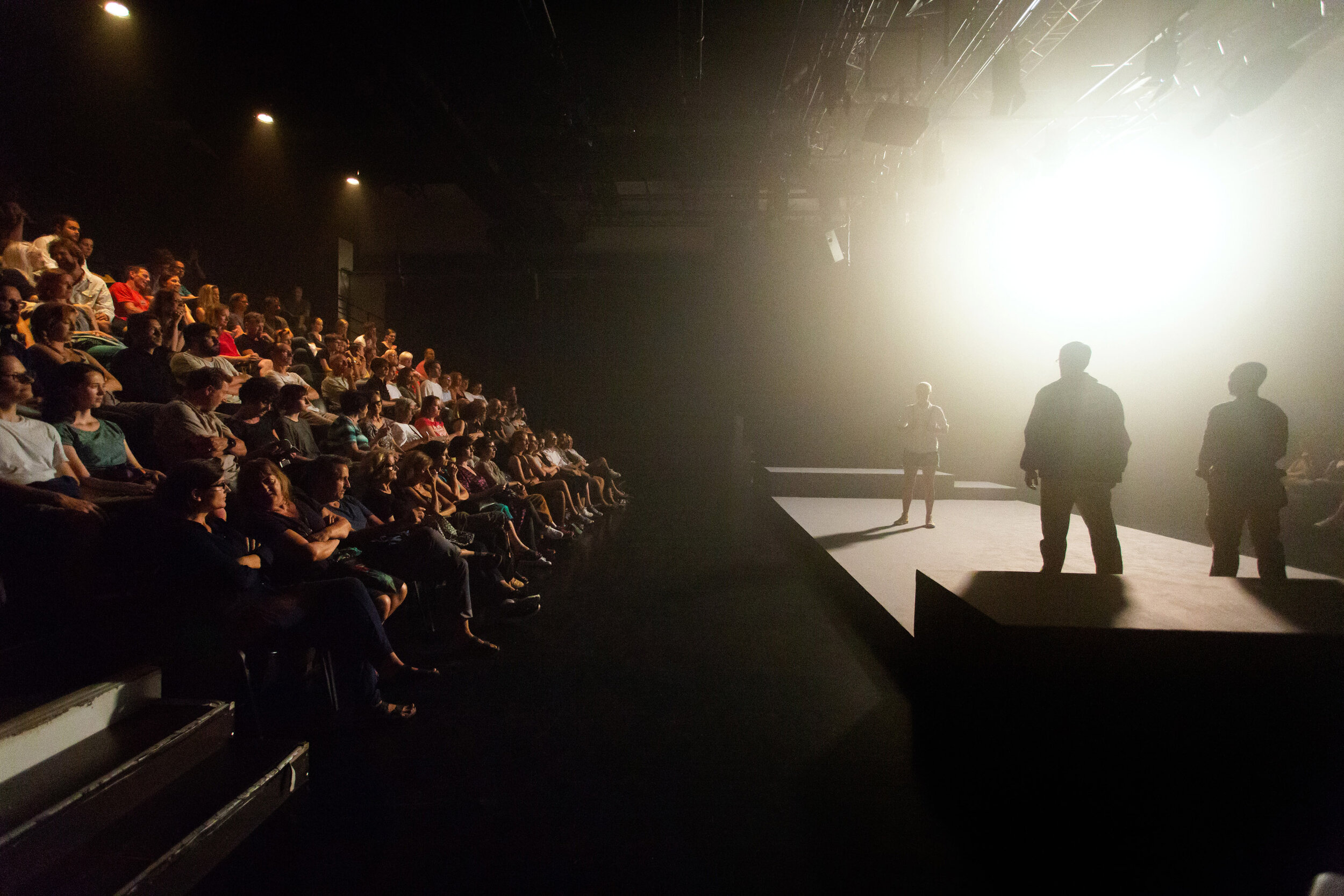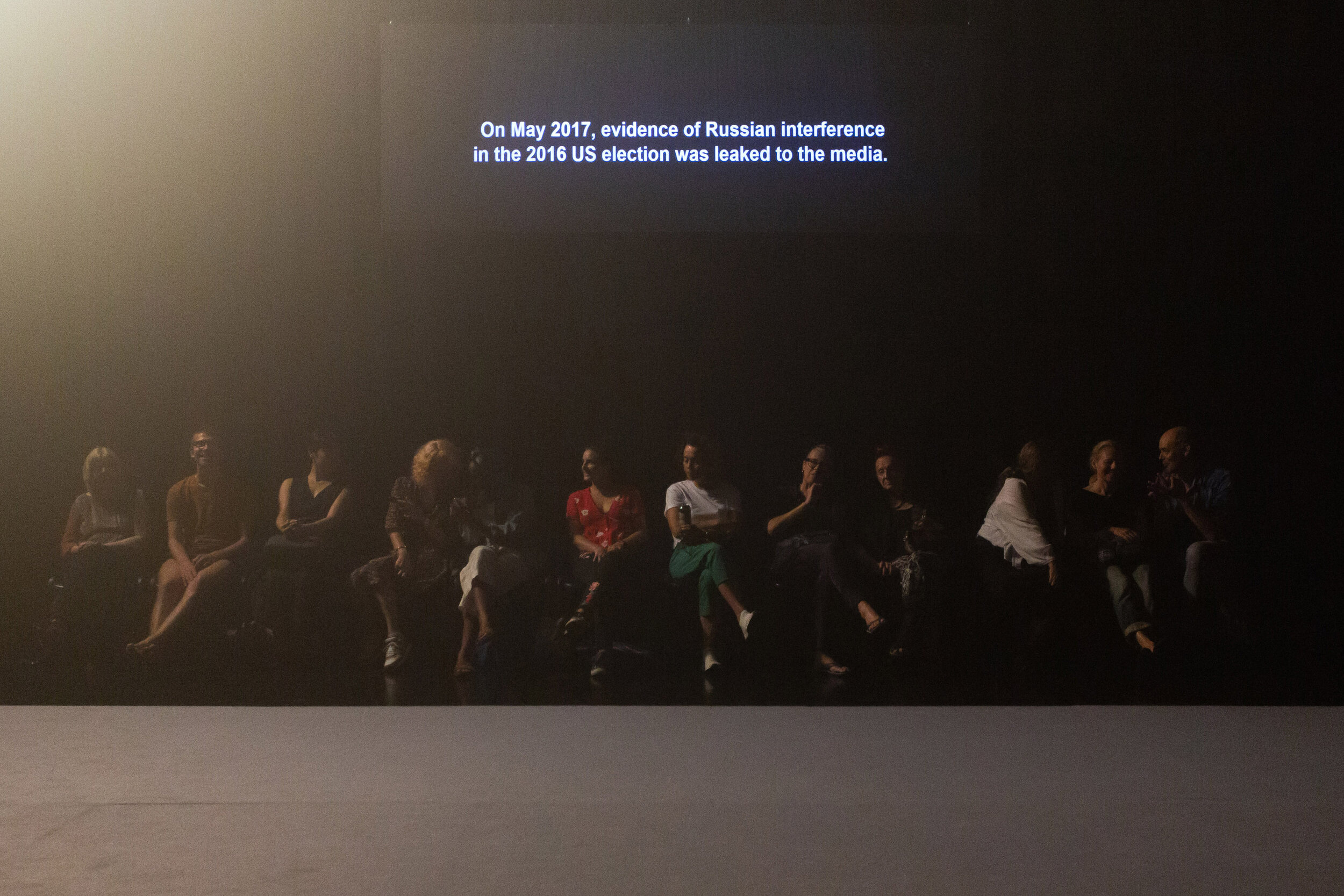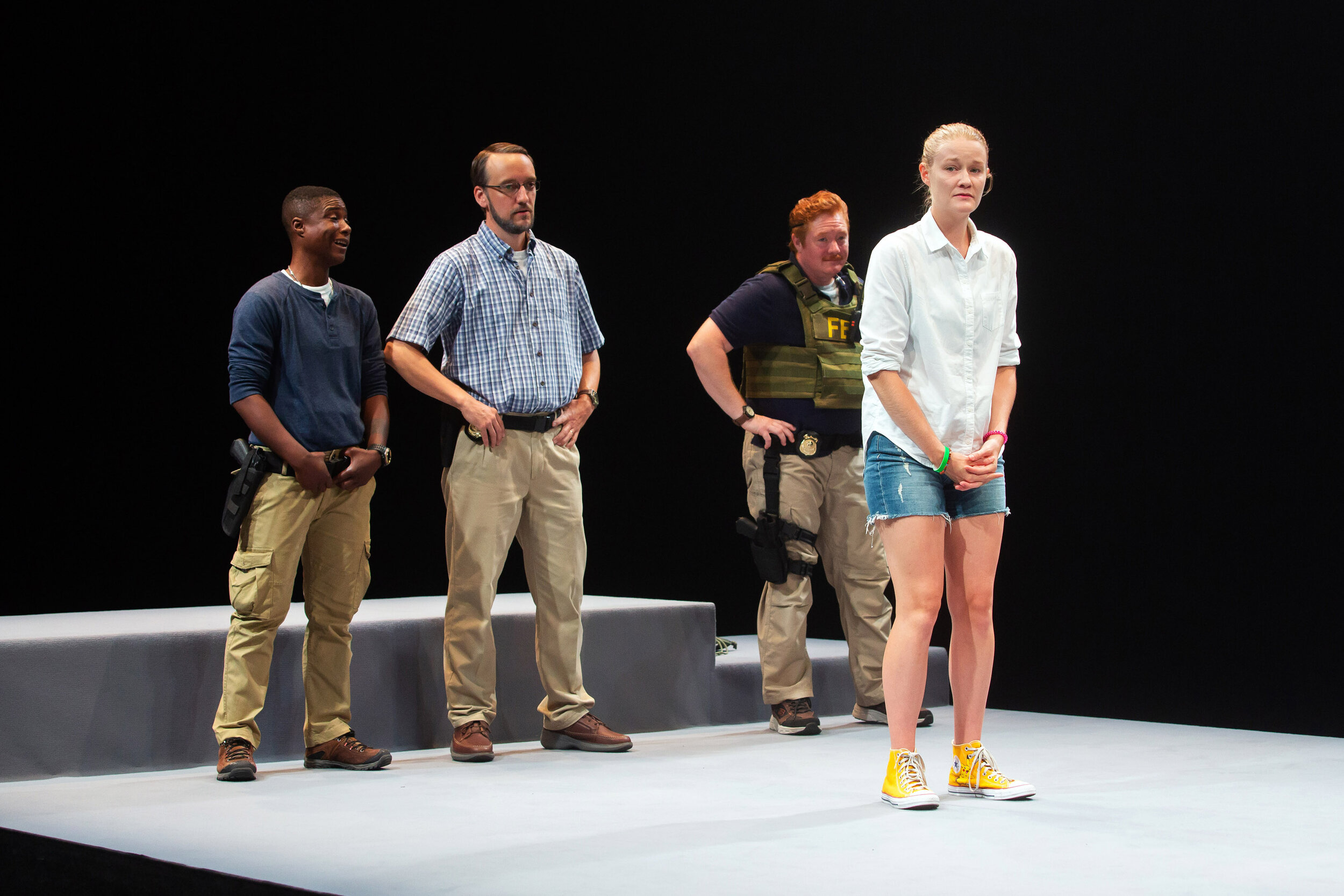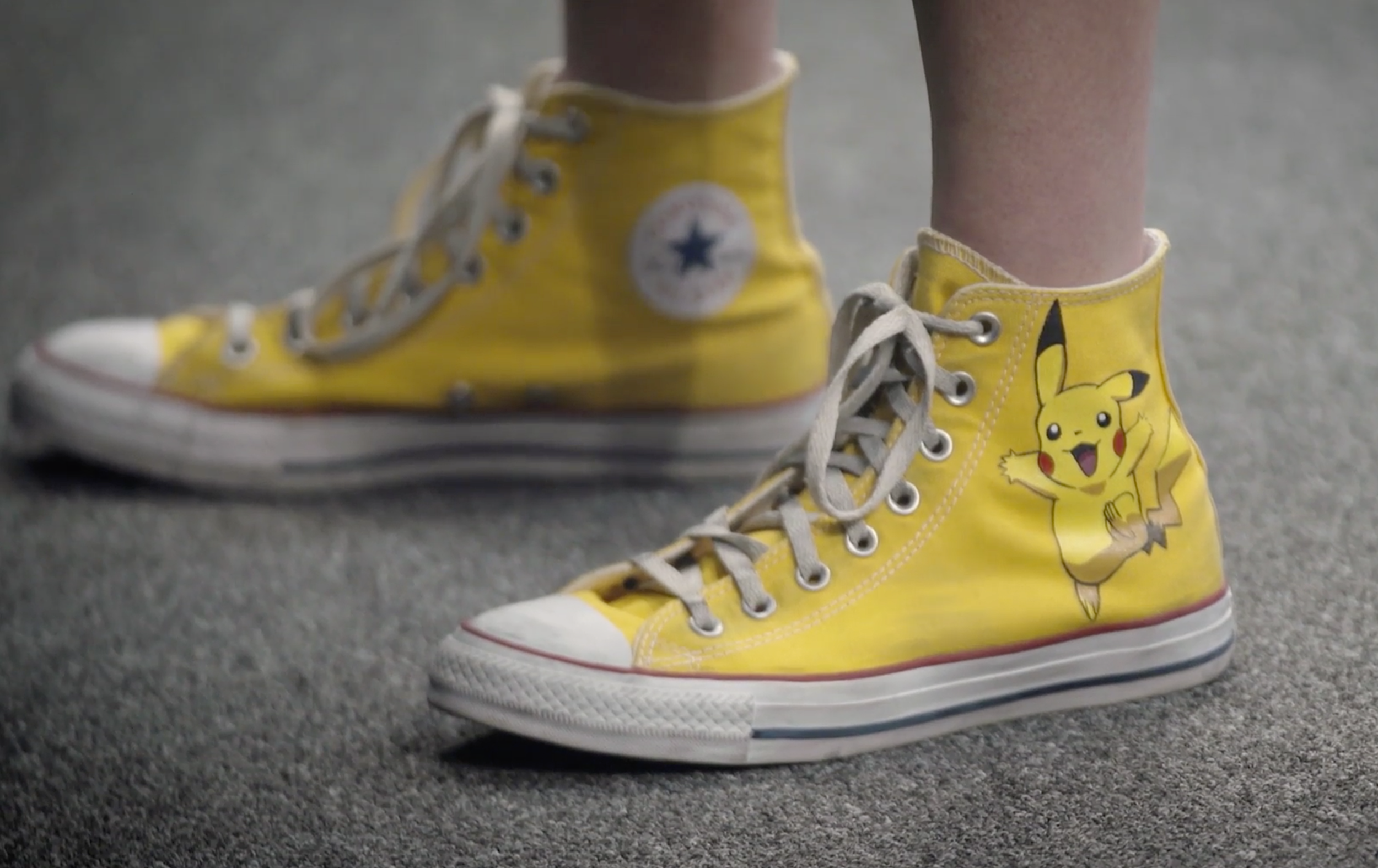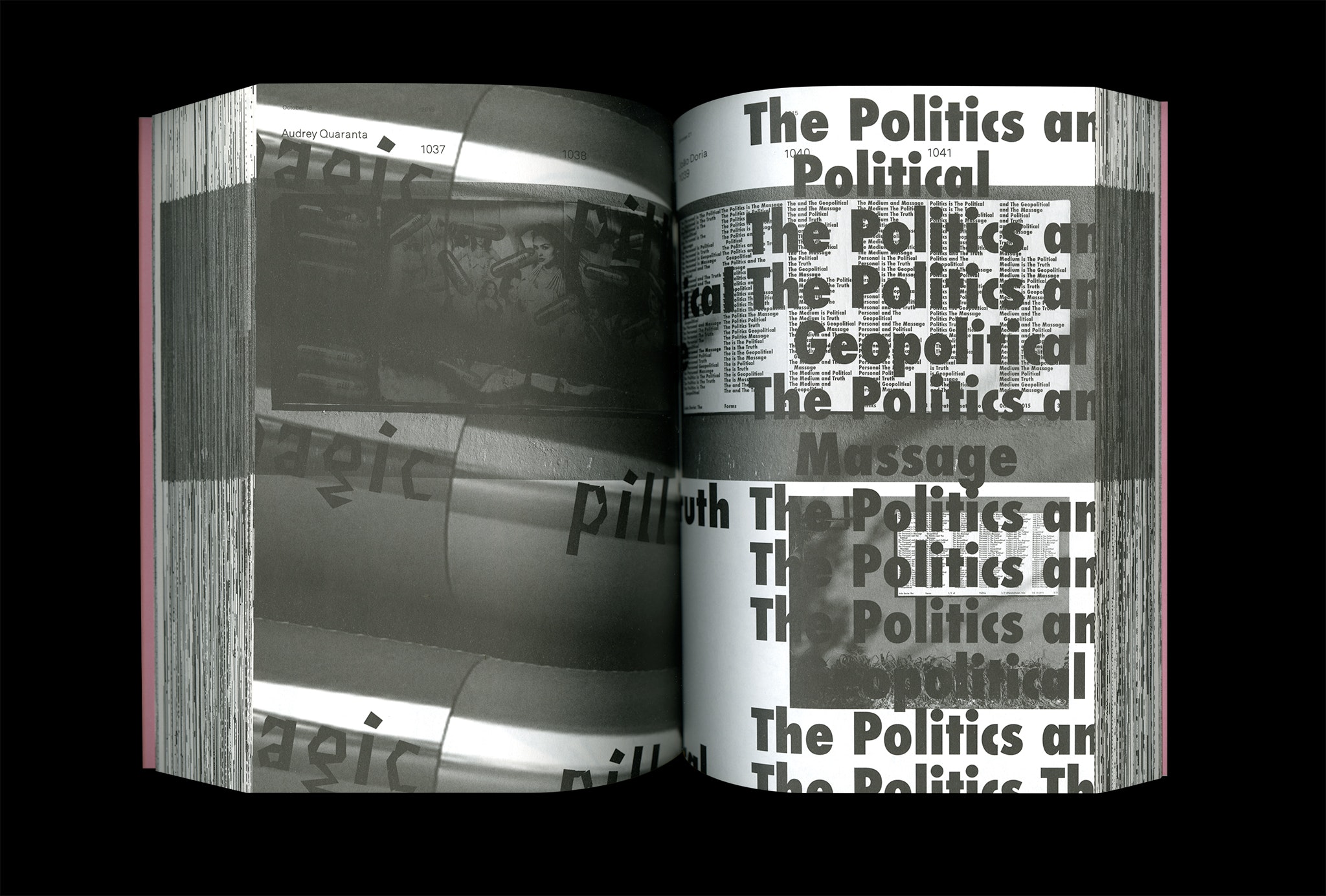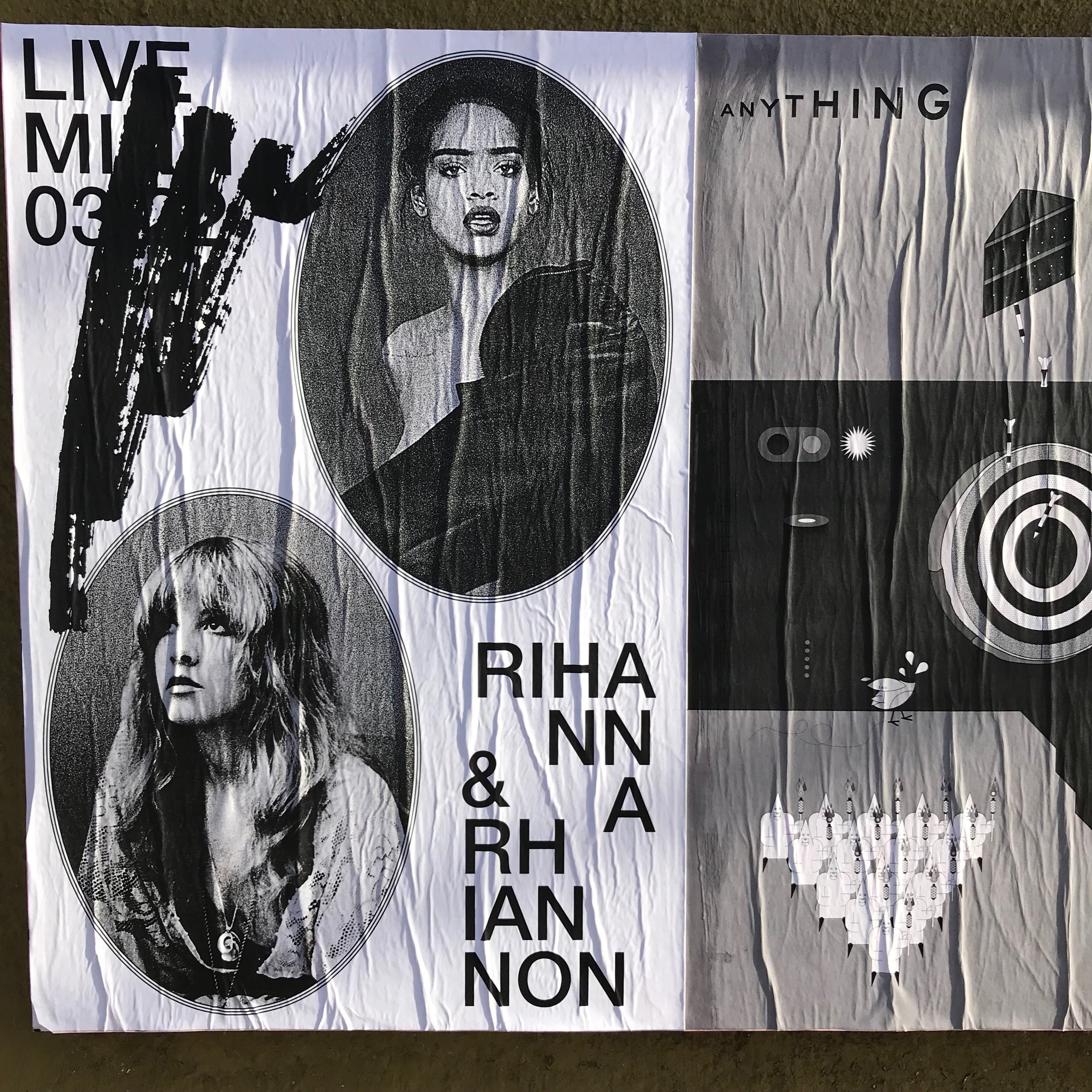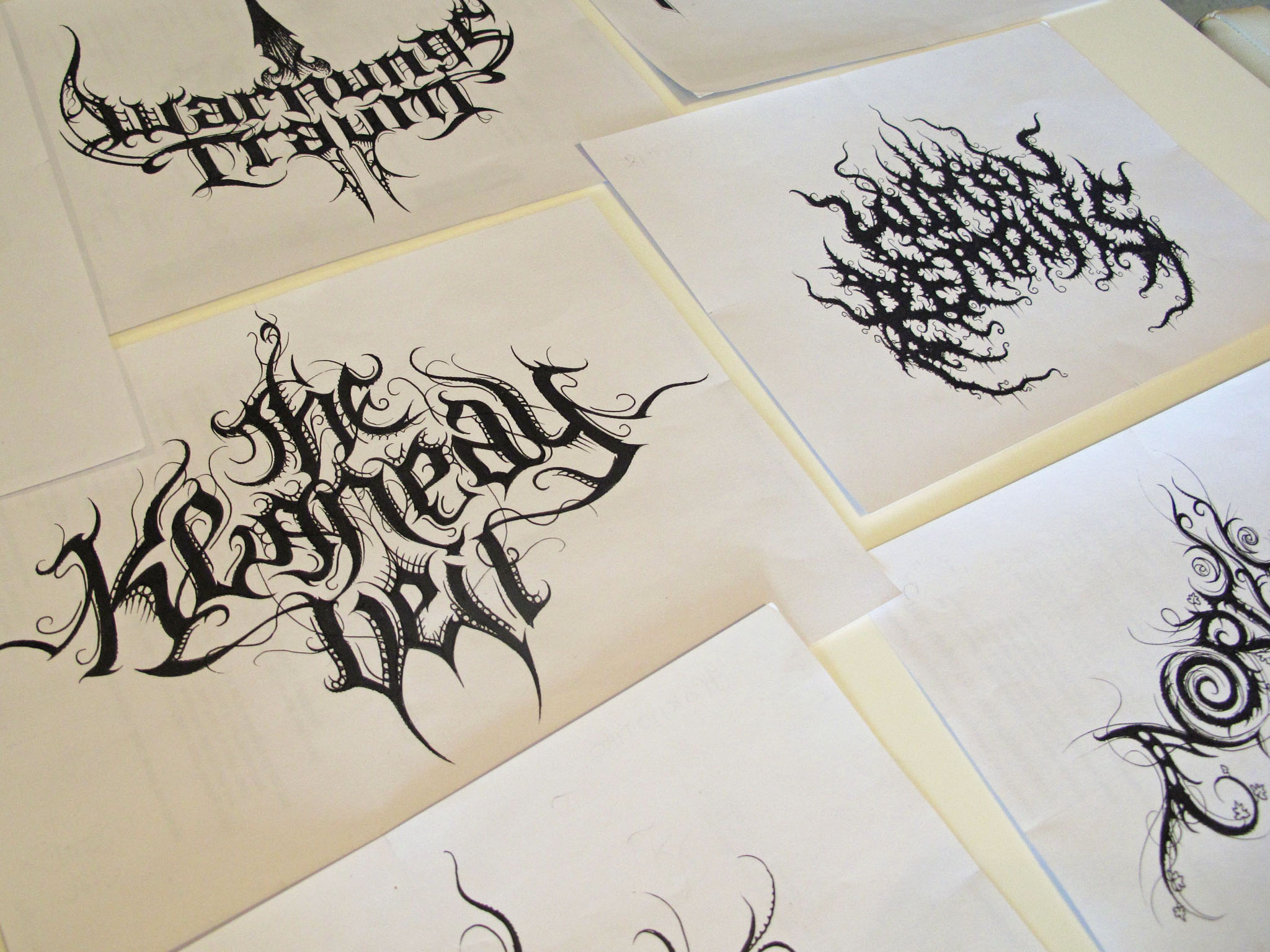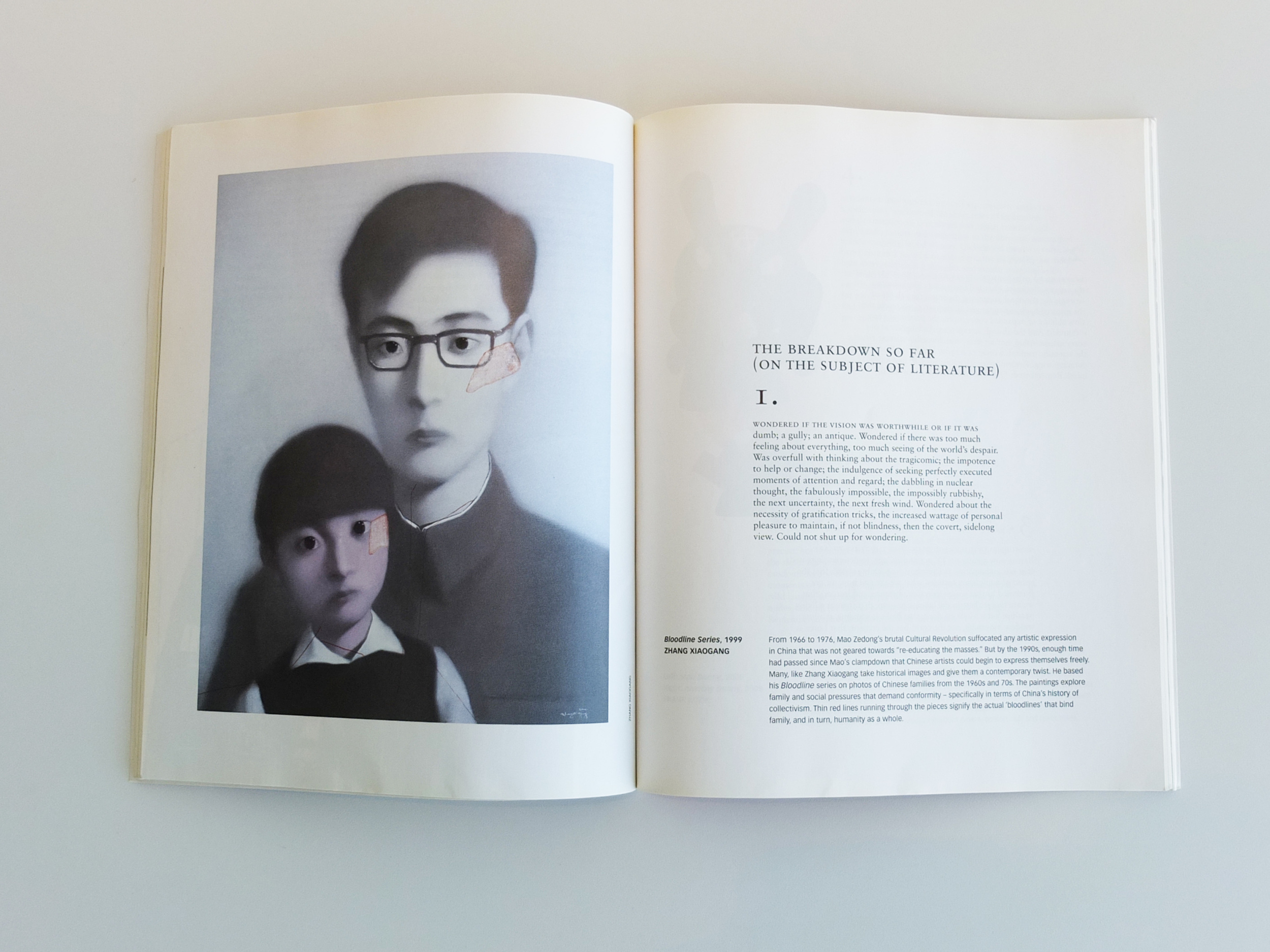Tina Satter’s performance work, Is This A Room: Reality Winner Verbatim Transcription, is hands down one of my favorite theater works of all time. Coming to the Walker Art Center this weekend, Is This A Room (as its subtitle states) takes the verbatim transcript of the FBI’s June 3, 2017 interrogation of Reality Winner, a USAF veteran who leaked a secret NSA report on Russian election hacking to The Intercept. It’s a powerful piece: funny, suspenseful, frighteningly relevant. In advance of this week’s performances, I facilitated an interview between Satter and Winner’s mom, Billie Winner-Davis, in which we filled in the blanks (literally: the many redacted sections of the FBI transcription were rendered on-stage by blackouts) about why Reality is in prison today, how Satter and her company interpreted the transcript for the stage, and Winner-Davis’ reaction to having a pivotal moment in her daughter’s life turned into art. Truly an honor to be part of it.
A sample:
PS
In the year since you premiered this work, we’ve gained even greater awareness of the role and power of whistleblowers, thanks in large part to the recent House impeachment hearings. I wonder if the work resonates differently now, 12 months later, for either of you?
TS
It’s horrifying how relevant this remains, because Reality remains in jail, and the facts that she was sharing are so taken for granted, are in the public debate. I was screaming at NPR when Fiona Hill was testifying, saying it’s just a fact that the Russians did this, and I was going, “Reality. Reality.” It’s just beyond an attention to whistleblowers. What Reality was alerting people to has remained more relevant than ever.
BW-D
I scream at my TV quite often, too. It’s been frustrating, since day one, how little empathy, how little attention has been placed on Reality and her case. When the whole impeachment whistleblower thing came up, everybody was saying the word whistleblower all day long, every day. And I’m just like, “Yes, what have we been trying to say? Now will you listen to the value of what a whistleblower can hold?”
Now we go back to the whole dialogue about, was it really Russia that interfered with our election or was it Ukraine? Again,
“My daughter is in prison right now because she released a document with proof of Russian election interference. And I can’t believe that now in America we’re going back to a place where people are even doubting, was it Russia?” —Billie Winner-Davis
I just want to scream. My daughter is in prison right now because she released a document with proof of Russian election interference. And I can’t believe that now in America we’re going back to a place where people are even doubting, was it Russia? It’s sad, and it’s infuriating. I live in a constant roller coaster of emotion.
Learn more about Reality Winner at Stand with Reality.


